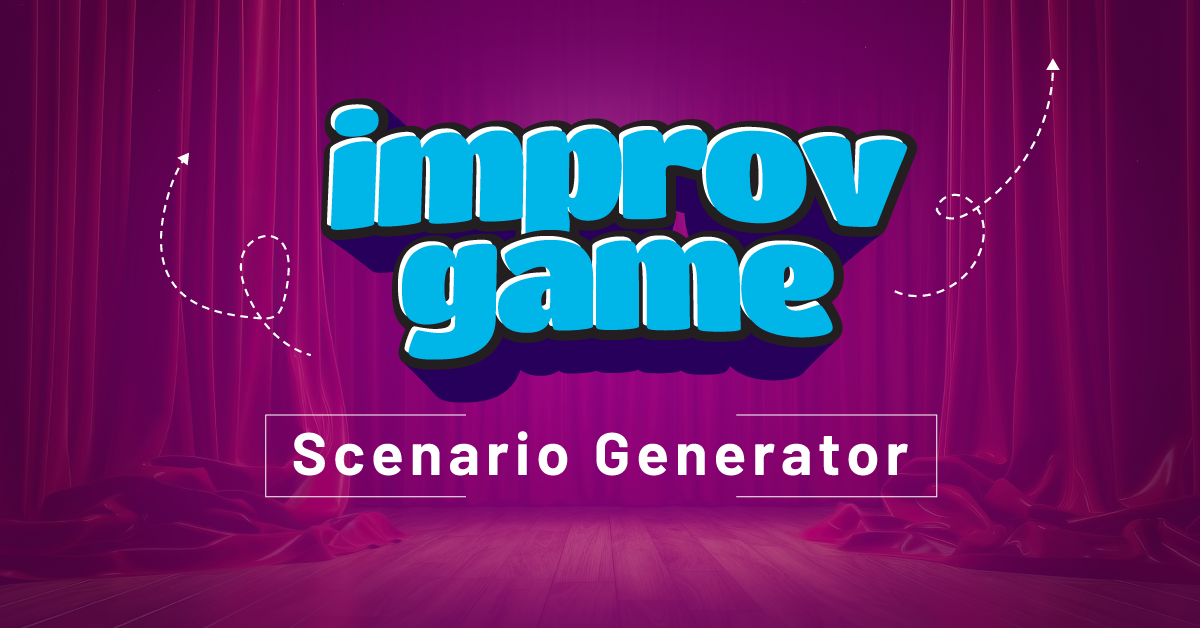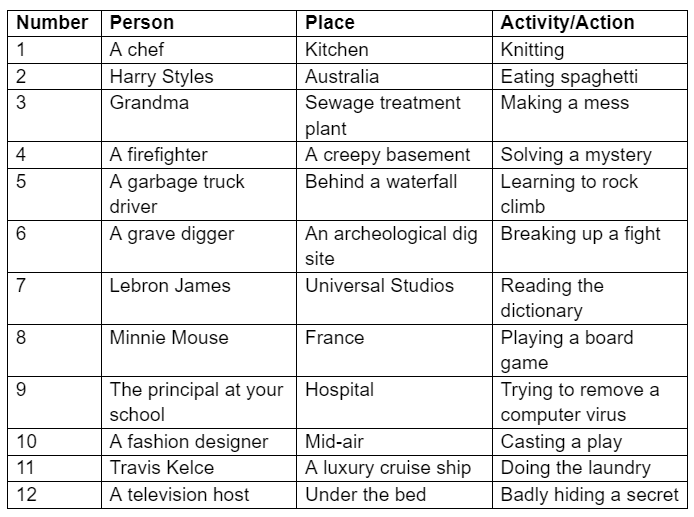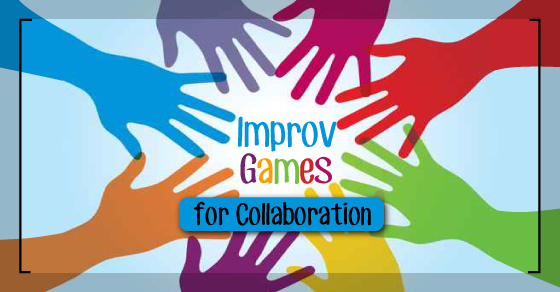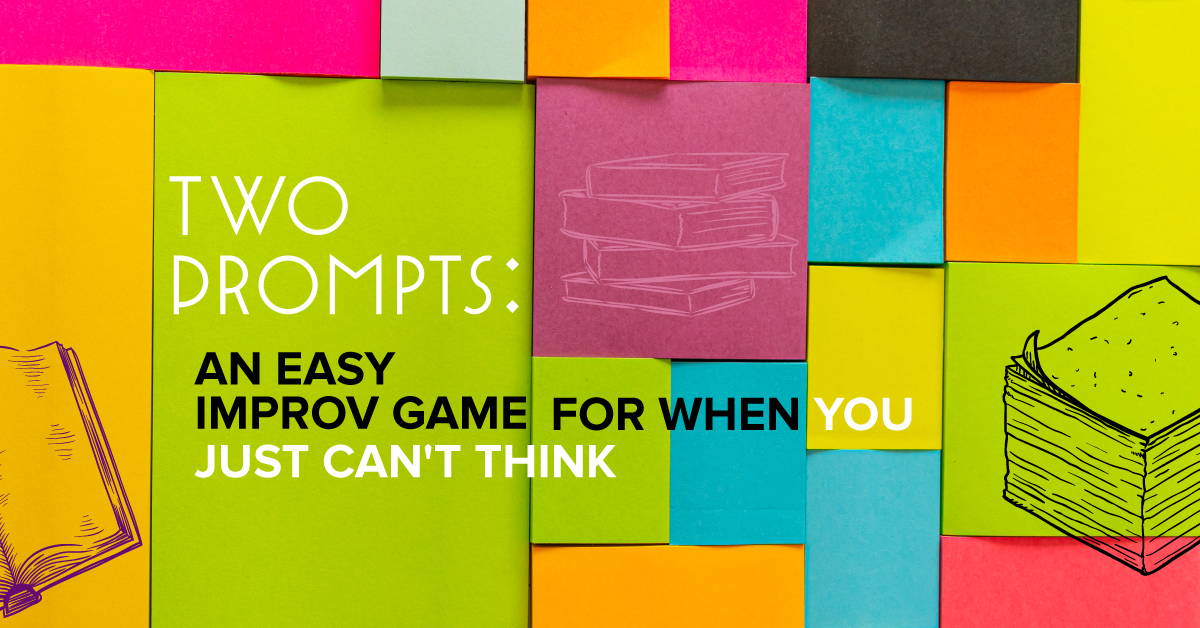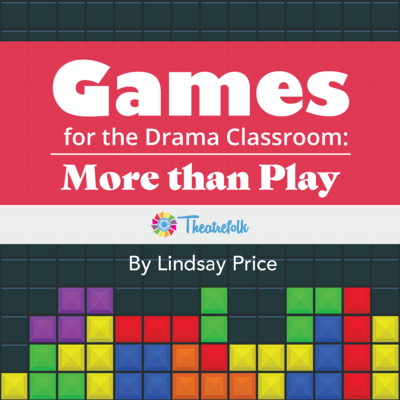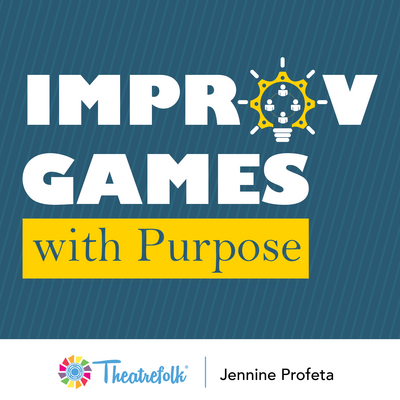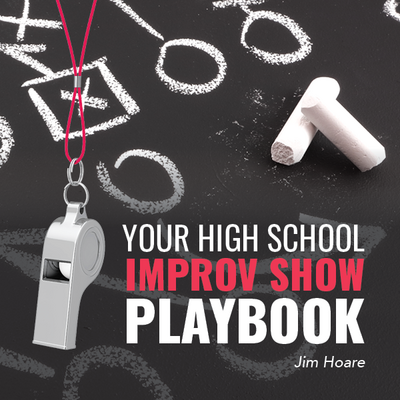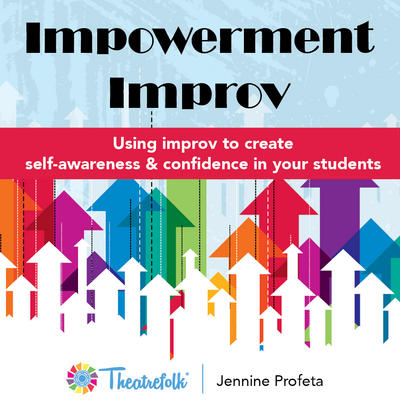Improv Game: Scenario Generator
If you’re looking for a way to mix up your improv sessions and enjoy taking a risk, give this game a try! Combine the mystery of the game Clue with the dice-rolling stakes of Dungeons and Dragons, add a dash of brainstorming and a pinch of silliness, and you’ve got the makings of the ultimate Mad Libs-style mashup drama game.
Materials
You’ll need a 12-sided die (also known as a D12 or a dodecahedron). If you don’t have any dice, you can Google search “roll dice” for an online dice generator. You’ll also need something large to write on: a large sheet of paper, a whiteboard, or similar.
Instructions
1. Create a grid with four columns and 12 rows on your writing material. The first column will have the numbers 1 to 12 in descending order. The second column is titled “person,” the third column is titled “place,” and the fourth column is titled “activity” or “action.”
2. Brainstorm enough ideas/prompts to fill each square on the grid. You can have your students suggest ideas, or use one of our handy prompts lists. Here are some samples of person, place, and activity/action prompts. If you need even more prompts, check out our teaching resource Two Thousand Prompts for Drama Class.
Here’s a sample grid to get you started:
3. Once you’ve got your grid complete, you’re ready to play! The scene format will be “(person) in (place) (doing the activity/action).” Have students choose a partner and roll the dice three times to find out what their scene is. Using the sample grid above, if the three dice rolls are 4, 8, and 9, the scene would be “A firefighter in France trying to remove a computer virus.” If the three rolls are 2, 12, and 7, the scene would be “Harry Styles under the bed reading the dictionary.”
Since the scene features two students, the other student can either be an additional same character or a related character. In the first example above, one student would be the firefighter and the other student could either also be a firefighter or a related character such as a fire chief, a French citizen, or the person with the infected computer. In the second example, you likely wouldn’t have a second Harry Styles (or maybe you would?), but a related character might be a member of Harry’s entourage, a former band mate, or a concert promoter trying to get Harry out from under the bed to go onstage.
4. Once students have their scene, have them get up and act it out. You could also use this generator as a playwriting scene starter. Have fun and see what the dice hold for you!
Note: If you don’t have a 12-sided die, you could use a deck of cards to generate the scenes. Ace through 10 corresponds to the numbers 1 through 10, while Jack corresponds to 11 and Queen corresponds to 12. If a student draws the King, they get to choose their prompt for that column!
Or, you can write the prompts on a smaller piece of paper, cut them out into strips, put them into three different hats, and draw them out, like in Scenes from a Bag.
Related Articles
Games for the Drama Classroom: More Than Play
by Lindsay Price
A collection of games and activities that go well beyond the notion of "play."
Improv Games with Purpose
by Jennine Profeta
Improv games including feedback suggestions and questions, game variations, teaching tips, side coaching tips, entry prompts, exit slip questions, and more!
Your High School Improv Show Playbook
by Jim Hoare
Have you wondered how to take improv to the next level with your students? Your High School Improv Show Playbook is the "how-to" guide for you! Empower students to present their first improv show that is fun and entertaining for all.
Impowerment Improv
by Jennine Profeta
Using improv to create self-awareness & confidence in your students
